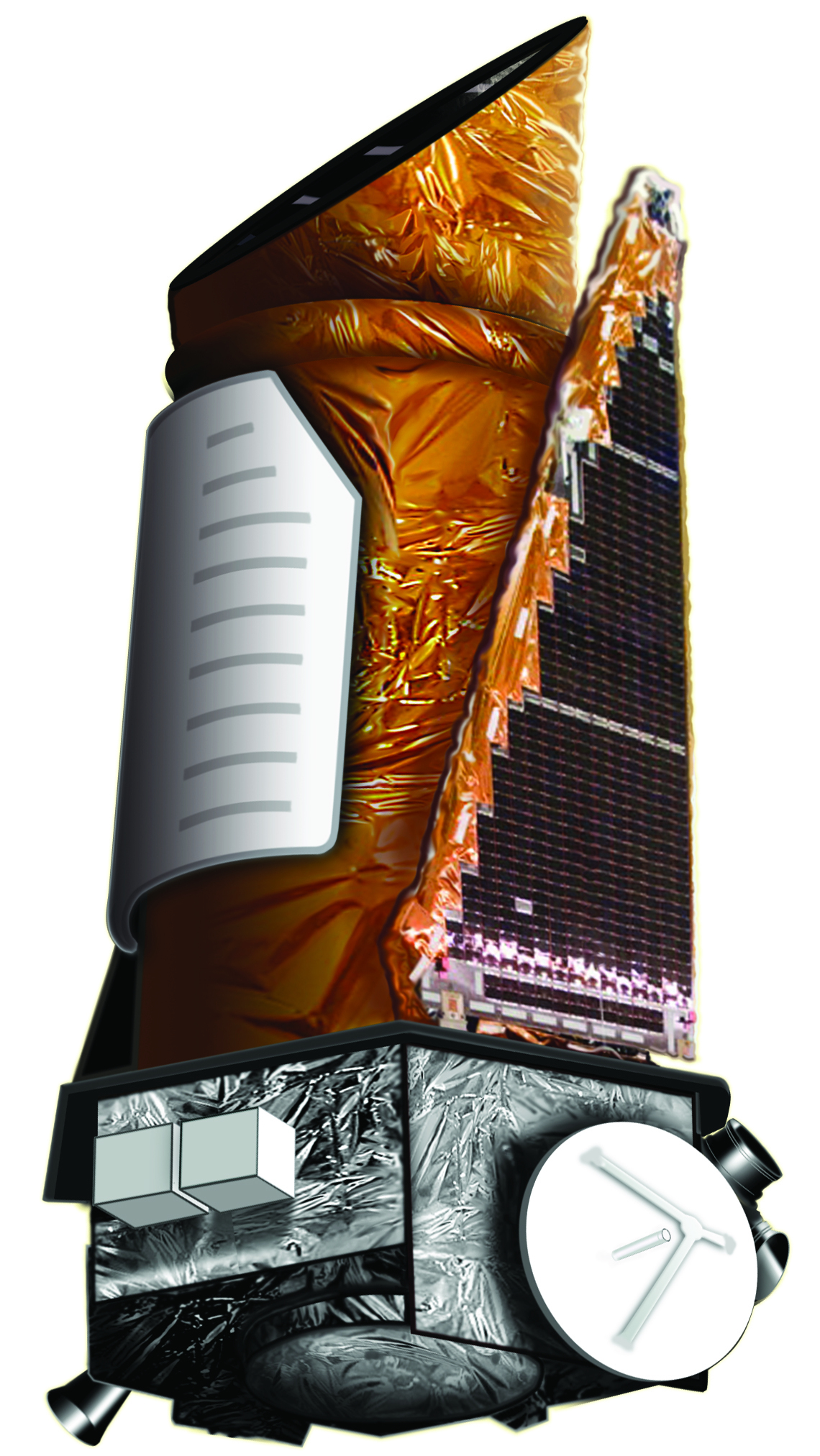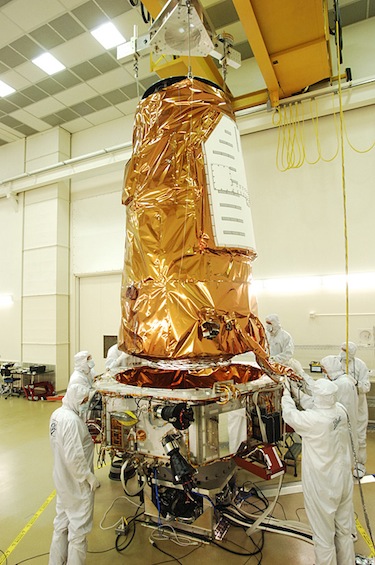

“The future of exoplanet science is very bright.” “Thanks to Kepler's amazing legacy, we now know that small planets orbiting in the habitable zone of other stars are plentiful,” says Victoria Meadows of the University of Washington, referencing the region around a star where conditions are favorable for life as we know it. (In addition to piles of planets, Kepler may have recorded the first known alien moon.) In other words, Kepler told us that planets are a common consequence of star formation and not the result of some rare, unlikely event. To say Kepler revolutionized our understanding of the cosmos is no overstatement: The mission showed us that extrasolar planets, or exoplanets, circle nearly every star in the sky, and that roughly one-fifth of those worlds are similar to Earth in size and orbit. “This is not unexpected, and this marks the end of spacecraft operations for Kepler and the end of the collection of science data.” “NASA’s original planet hunter, the Kepler space telescope, has run out of fuel,” Paul Hertz, NASA’s Astrophysics Division director, announced today during a press conference. Now, the spacecraft will stay in its Earth-trailing orbit, looping around the sun and never coming closer than a million miles from home. Today, the space agency announced that after nearly a decade of staring at the stars, Kepler is out of fuel.

One of Earth’s most venerable planet-hunters, NASA’s Kepler spacecraft, has gone quiet.


 0 kommentar(er)
0 kommentar(er)
